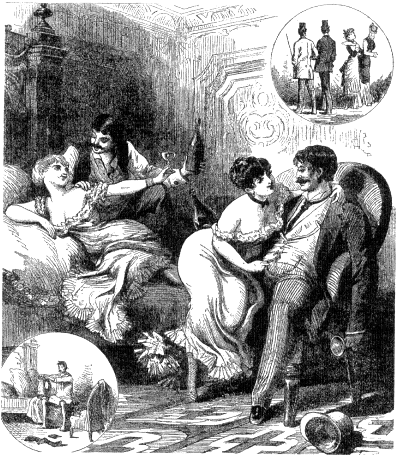
WEIGHT: 51 kg
Breast: Small
1 HOUR:50$
Overnight: +70$
Sex services: Blow ride, Spanking, Rimming (receiving), Sex anal, Smoking (Fetish)
Any discussion of prostitution in the 19th century must begin by saying we have no idea of the numbers involved. In the 19th century, many people used it more widely, to refer to women who were living with men outside marriage, or women who had had illegitimate children, or women who perhaps had relations with men, but for pleasure rather than money.
Certainly at least half this figure of 50, women consisted of unmarried women living with a partner, while only 20, referred to what we would today call prostitutes.

His likely route would have taken him past several areas known for streetwalkers, so he may have passed many working women. But short of accosting each one, it seems likely he based his judgements on appearance: women who dressed or behaved in ways men considered inappropriate were deemed to be whores. From the little information we have, we know that most women who earned their living from selling sex were working class, the majority taking up with men from their own socio-economic background before going out on the streets.
The more fortunate, usually in the West End and the prosperous suburbs, worked as prostitutes for a few years, while saving up to get married. Most, however, spent long hours in the wet and the cold. Some worked in the red-light districts, others in their own neighbourhoods.

Nancy, in Oliver Twist , is fairly typical in that she works not far from where she lives, in Clerkenwell, a notorious slum-district in London, while her long-term partner, Bill Sikes, has much the same background as her own. Her only partner may well be Sikes, and if that is so, she is defined merely through their lack of marriage, like half the women counted by the police-magistrate in the first paragraph. Certainly we never learn that she has clients, or that she walks the streets, or is supported by other men.































